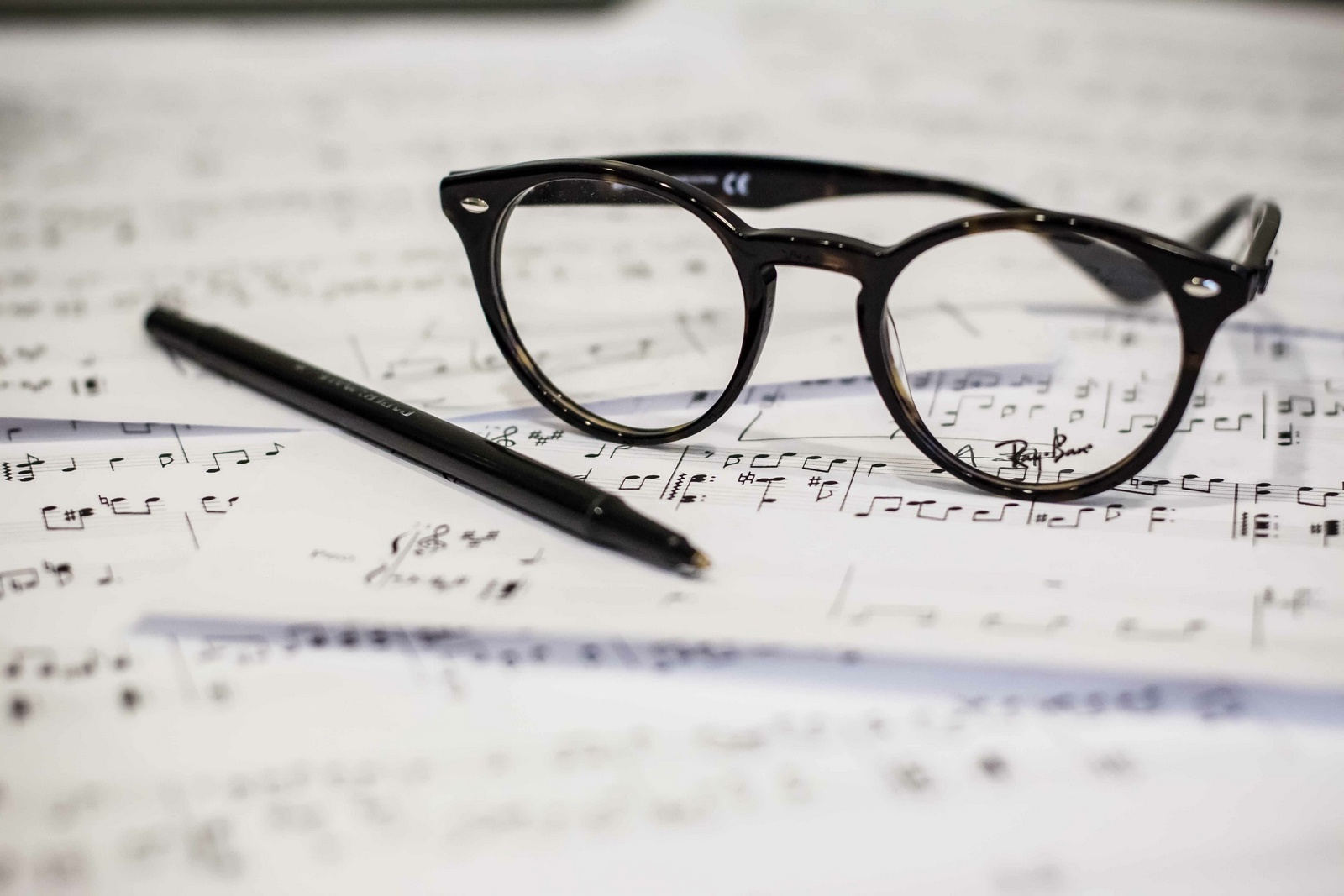The desire to "make music" has increased in recent years. It is now possible to produce music without going to a music school or having a private music teacher. Thanks to the Internet, video tutorials and often free software, a sector has developed alongside the professional music industry that should not be underestimated.
Competition stimulates business.
A growing number of self-made musicians are having fun experimenting with musical material and achieving amazing results. This fresh breeze is good for the entire music market. The abundance of uploads on YouTube, Soundcloud and other portals gives an idea of what is being composed, arranged and produced on home computers or in private studios.



